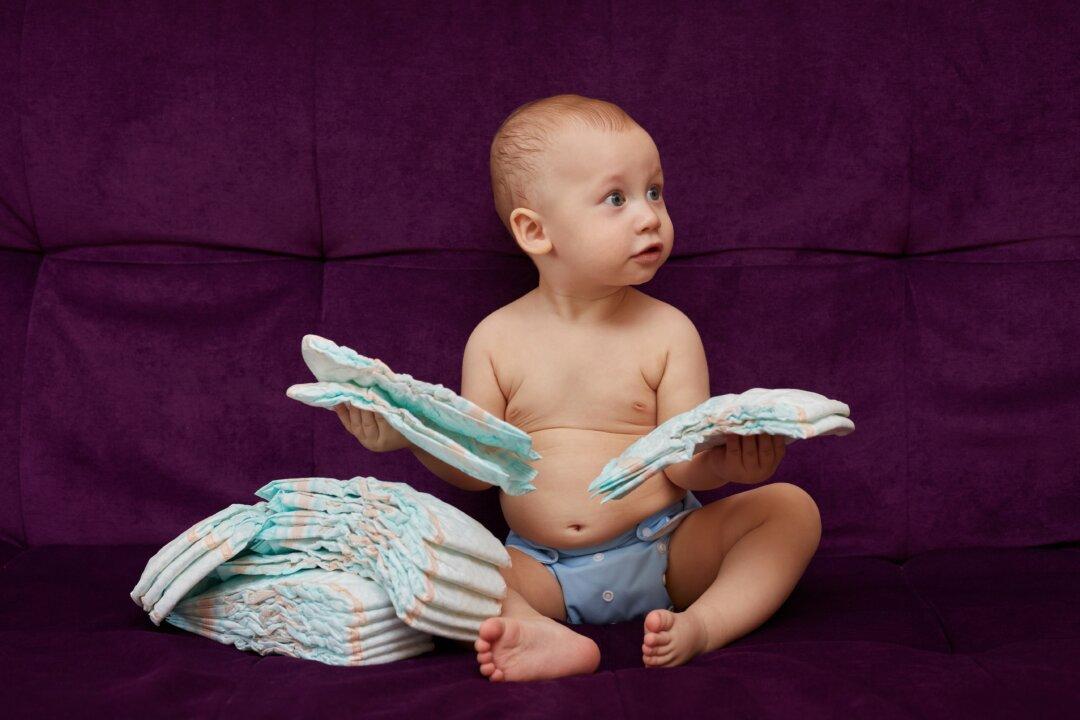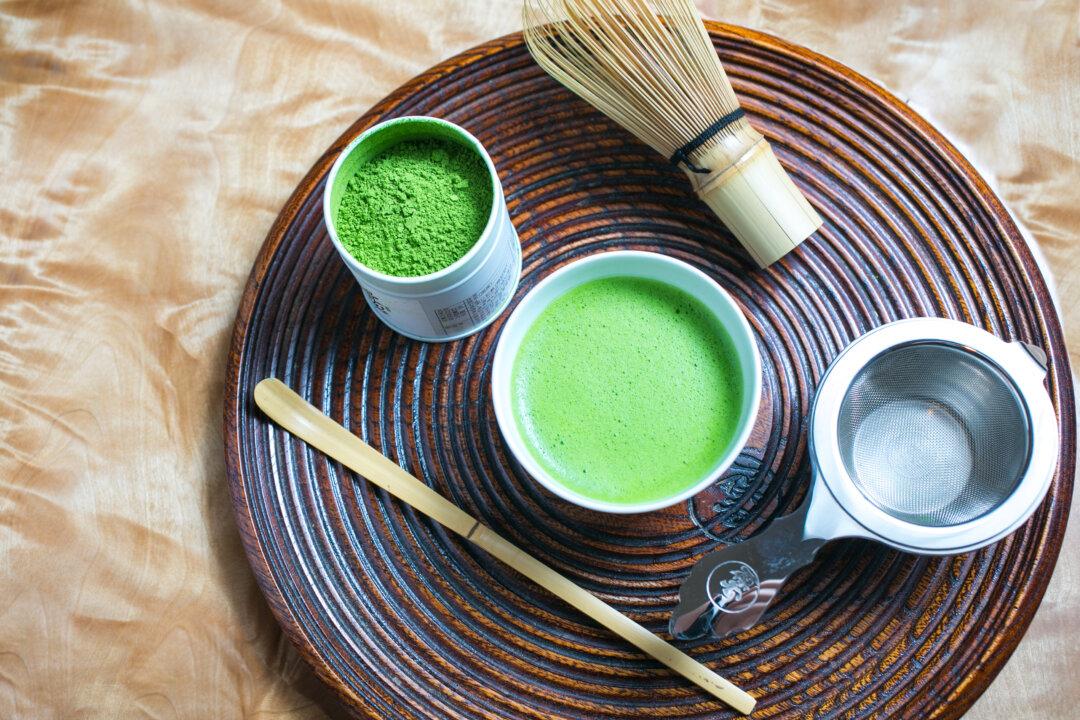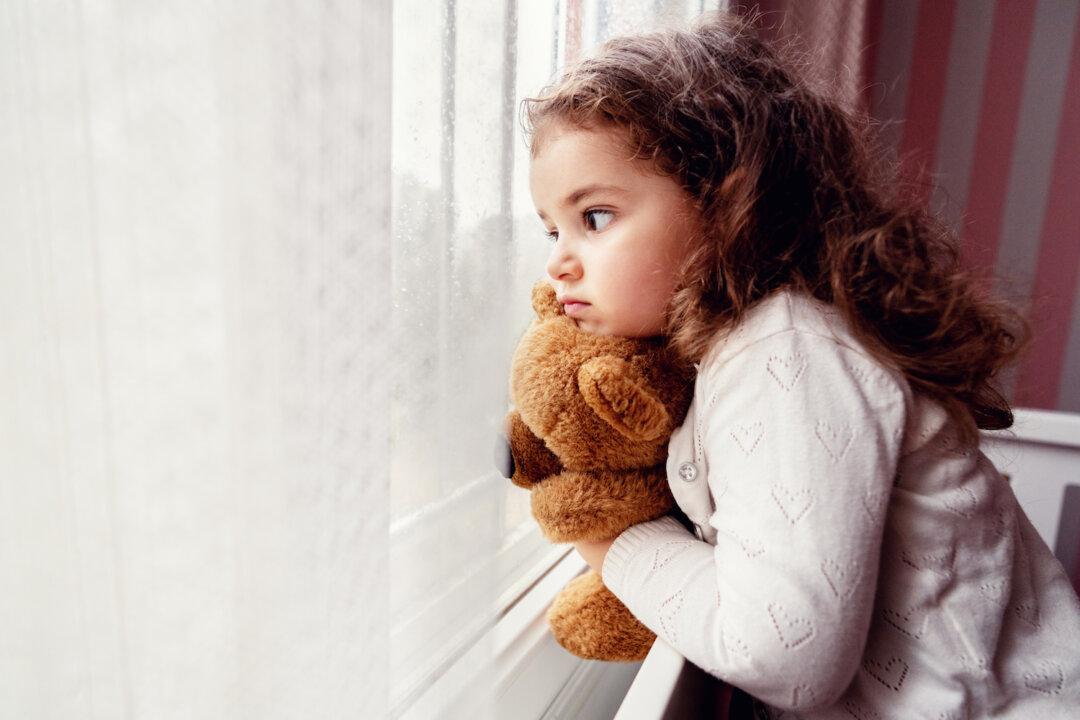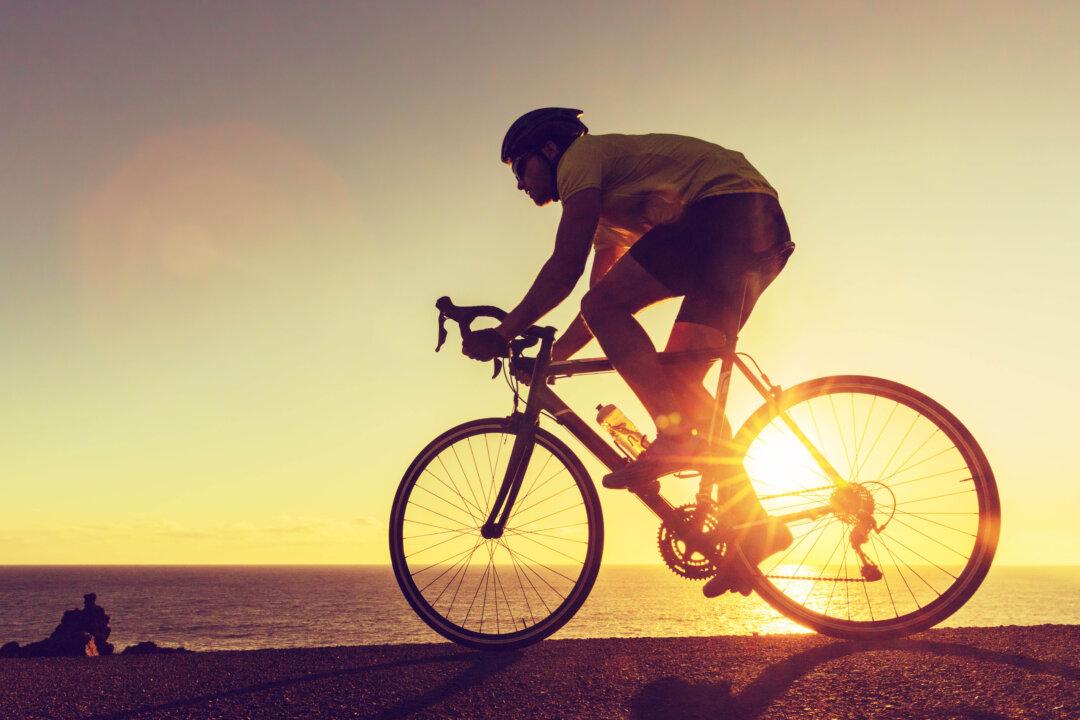A popular baby shower decoration is to make a three-tiered cake out of disposable diapers.
“They’re one of my favorite gifts to take to a baby shower because they double as a decoration,” Jennifer, owner of The Craft Patch, wrote on her how-to blog about diaper cakes. “They’re a handy gift that you know every new mom will be able to use.”






